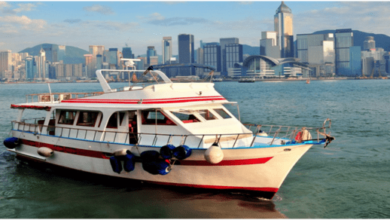Performing a rolling burnout on a motorcycle can be dangerous and is often not recommended due to safety concerns and potential damage to your bike. However, if you choose to proceed, please remember that safety should always be your top priority. Here’s a general guideline on how to do a rolling burnout on a motorcycle:
1. Safety Precautions:
- Ensure you are wearing full protective gear, including a helmet, gloves, leather jacket, riding pants, and boots.
- Make sure you are in a controlled environment such as a closed course, private property, or a safe area with minimal traffic and pedestrians.
- Check the condition of your motorcycle, including tire pressure and brakes, to ensure they are in good working order.
2. Choose the Right Motorcycle:
- Rolling burnouts are typically easier to perform on motorcycles with a lot of torque and power, such as sportbikes or cruisers.
3. Find a Suitable Location:
- Select a straight and smooth stretch of pavement with plenty of space to maneuver safely.
4. Start Moving Slowly:
- Begin riding your motorcycle at a slow and controlled speed. Rolling burnouts are often performed at low speeds to reduce the risk of accidents.
5. Apply Rear Brake Pressure:
- Gradually and gently apply pressure to the rear brake while simultaneously giving the throttle a small amount of gas. The goal is to maintain a balance between the brake and throttle.
6. Control the Slide:
- As the rear tire starts to skid and spin, use the rear brake to control the slide and prevent it from becoming too aggressive. Continue to feather the throttle to keep the burnout under control.
7. Maintain Balance:
- Keep your body balanced on the motorcycle and avoid leaning excessively to one side. Use your body weight to help maintain control.
8. Stop Safely:
- To end the burnout, release the throttle and rear brake gently. Allow the motorcycle to come to a stop.
9. Check Your Motorcycle:
- After performing a burnout, inspect your motorcycle for any signs of excessive wear or damage, particularly to the rear tire.
10. Practice and Caution: – Performing a rolling burnout requires practice to develop the necessary skills. Start with small, controlled burnouts and gradually increase your skill level over time. – Never attempt a rolling burnout on public roads or in areas with heavy traffic or pedestrians. Always prioritize safety.
Please be aware that performing rolling burnouts can lead to excessive wear and tear on your motorcycle’s tires, brakes, and drivetrain. It’s essential to exercise caution, practice in a safe environment, and be prepared for the associated risks and maintenance costs. Additionally, local laws and regulations may prohibit or restrict burnout activities, so be sure to follow all applicable laws.
Also Read:
https://incentivepost.com/how-to-design-a-hawaiian-shirt/
https://incentivepost.com/how-to-detach-bucket-on-case-skid-steer/
https://incentivepost.com/how-to-detach-car-seat-from-base-graco/
https://incentivepost.com/how-to-detect-night-vision-camera-in-theatre/




